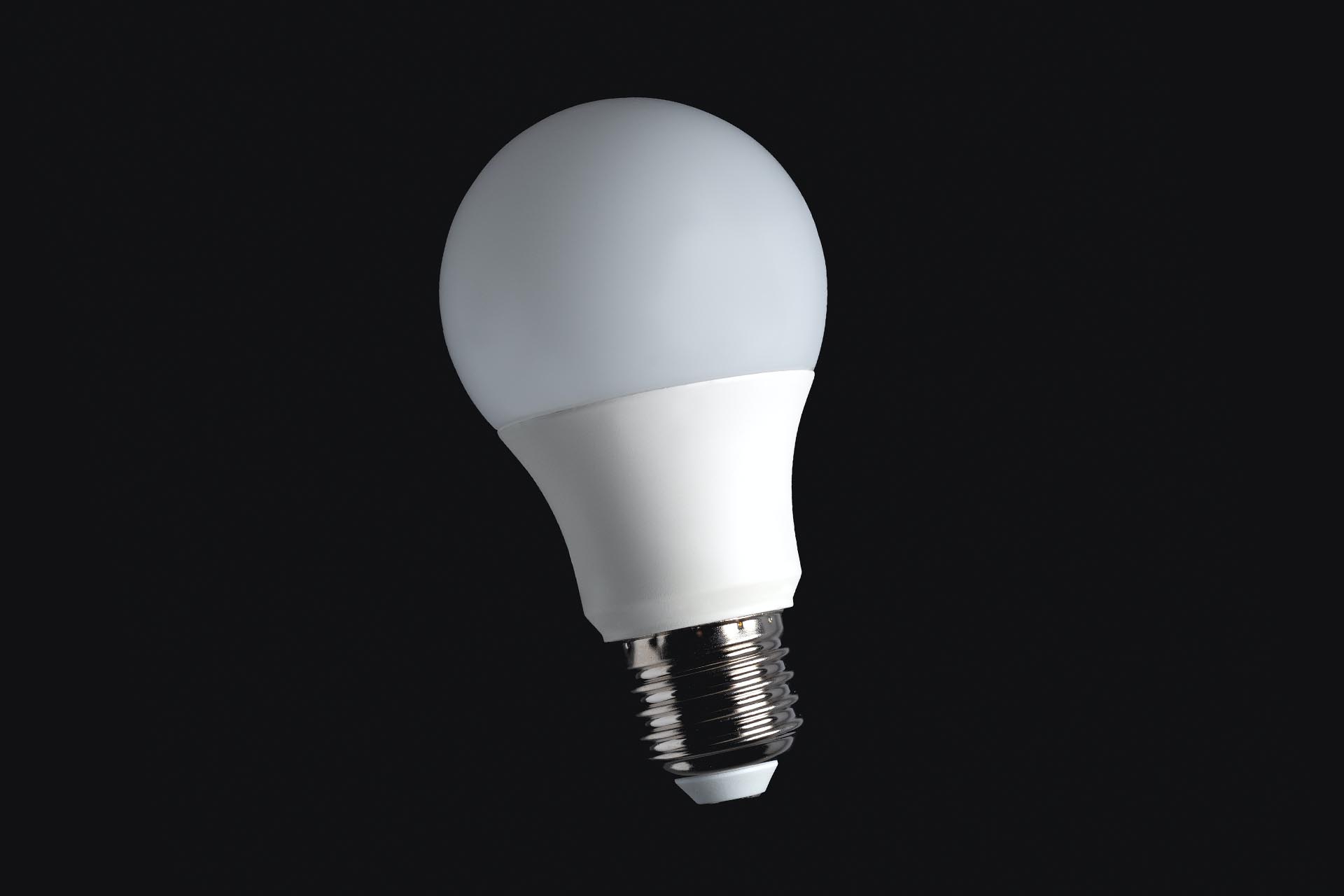As green initiatives heat up across the country, light-emitting diode (LED) lighting technology has been pushed into the spotlight. Focused on providing less heat and more light, LED upgrades should be considered a crucial foundation to any planned efficiency upgrade. We’ll explain exactly what makes this technology so efficient and how you can ensure you’re getting the best possible cost savings.
What’s the Difference?
The major difference between LED and incandescent bulbs is that the latter are heat-based, meaning the filament needs to warm up before the full effect of the light can be seen. That process comes with a hefty price—traditional bulbs release 90 percent of their energy as heat. Contrarily, with LEDs, light transmission is the primary goal, meaning the warm-up time is virtually eliminated. Due to this, LED lights use up to 80 percent less energy and can last up to 25 times longer.
An LED retrofit can quickly pay for itself and deliver a desirable return on investment for facility owners who make the switch. By 2027, the widespread use of LEDs could save approximately 348 TWh (terawatt-hours) of electricity, which comes out to about $30 billion in today’s electricity prices.
Increased Control and Opportunities
While LEDs provide ample savings on their own, we can also help ensure you’re not missing out on any additional benefits. First, our experts will help you take advantage of any opportunities for LED installations that you may have overlooked, including your hallways, parking lots, exterior areas and even signage.
We can also assist with networked controls, allowing you to completely and automatically regulate the power in your facility. These integrated technologies, which include photocells, timers, occupancy sensors, daylight harvesting sensors and high/low-end trim lighting, are the future of the lighting industry. Increased control directly translates to increased efficiency and cost savings.
If you’re interested in making sure you’re getting the most out of an energy-efficient LED lighting system, give us a call for a no-cost energy assessment. Whether you’re looking for a complete upgrade or just a few efficiency measures, we are here to help—contact us today to get started.

